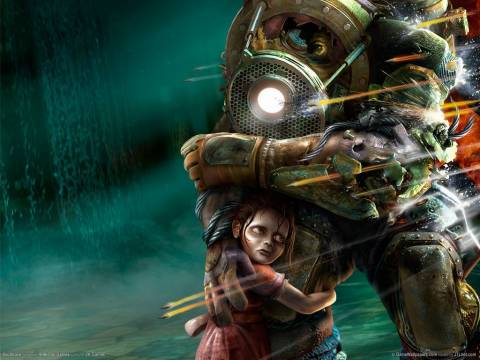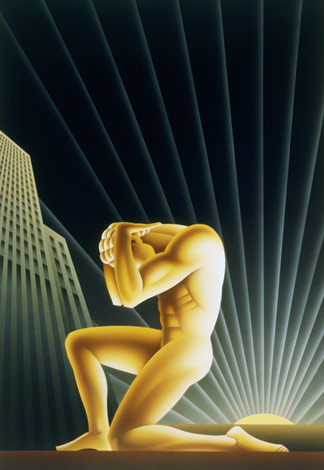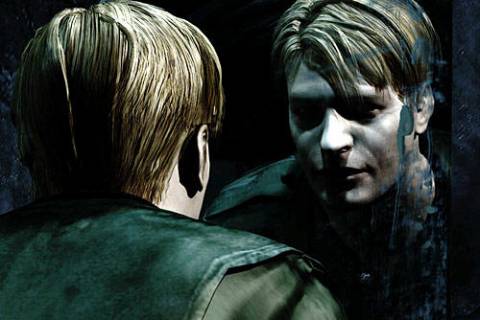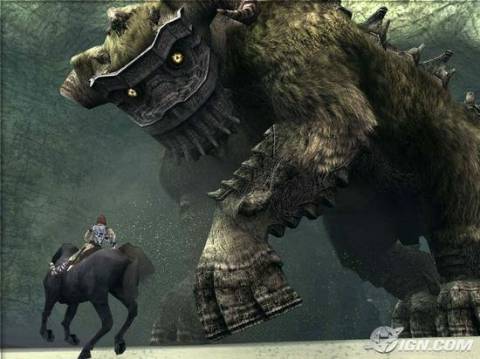
Let's cut to the chase: Silent Hill 2 may still be the greatest character study in gaming history. It's also still one of the most consistently organic games ever made.
To start off, I must say that if you are reading this, you should expect a lot of spoilers, as this is a retrospective on a game that, if you haven't already played it, you should immediately stop reading and go find a copy of it to play.
Now back to the topic at hand.
In many ways, it is actually inappropriate to look at Silent Hill 2 as any kind of sequel, despite the fact that it shares the location of its predecessor. Realistically, Silent Hill 2 redefined why the town of Silent Hill existed, and more importantly, gave it a valuable purpose.
Gone were the conspiracies and cult conflicts of the first game. Silent Hill 2 didn't even require you to understand the history of the town, and realistically, you were better served without knowing it when playing the game. Instead, the sequel (in name only) created a more intimate portrait of a smaller cast of characters, and gave the town a utility for existence. Silent Hill wasn't just a living, breathing game world. It was a personified character all on it's own, with its own motivations and intentions.
More importantly, Silent Hill 2 was successful in the way that it fused the gameplay experience metaphorically into the inner conflicts of each of its characters. To the little girl, Laura, Silent Hill was simply a normal town that had been deserted. She had no inner demons to cope with, or past sins for which to atone, and as a result, no origin for reconciliation. She was a pitch-perfect portrayal of innocence not yet lost.
In contrast, for James Sunderland, Eddie Dombrowski, and Angela Orosco, Silent Hill was a proving ground for facing inner demons and a place of punishment for the guilty conscience and past transgressions. Those who were unable to cope were destroyed, be it physically or mentally. However, for those strong enough to survive, Silent Hill was also a place of self-redemption.
That determination was left up to the player, and it is also in this function that Silent Hill 2 elevates itself to one of those few masterpieces where gamplay, story, and outcome intertwine into one unified purpose. Choices made by the player, and therefore James, affected whether or not James would find self-redemption, and unlike other games, where player choices can be arbitrary and usually unrelated to the story itself, Silent Hill 2 made them organic.

Examining the suicide knife left on the table by Angela? Then you've made James realize suicide as the means to an end. Do you look at the portrait of your wife and the drawing that Laura left on the window? Then James would realize the error of his ways and disengage himself from Maria, allowing him to leave the town with Laura and have his moment of confession with his wife. Do you ignore all of those, and simply attach yourself to Maria, the double of your wife meant to punish James for his sins? Then you better be prepared for James to leave Silent Hill with Maria and be punished all over again with her becoming terminally ill, just as Mary did.
Even the monsters you fought in Silent Hill 2 also existed seamlessly with the town and plot, each being a physical manifestation of the very demons and sins the characters were facing. Angela, who was facing both torment and sin, was forced to face her childhood molestation in the form of a boss shaped like a disfigured bed. Unfortunately, for Angela, she was not able to overcome her torment, nor the sin she had committed when she burned her house down and killed her mother and father. Her fate, then, was left with an eternity of burning, oppressive flames.
As for James, nothing was more perfectly symbolic than facing his sin face-to-face, with a crimson-colored version of his wife, through Maria. Throughout the entire game, every moment of James' interaction with her was a deliberate dance, started by luring James in with seduction and nostalgia, followed by driving against him with persistent guilt, and then ultimately making him watch as she is repeatedly killed in horrifying ways, all while James is helpless to stop it.
It is for all these reasons, and so many more, that Silent Hill 2 remains as one of the most complex and poignant character studies ever attempted in a video game world. By providing a dichotomy of punishment and redemption, the town of Silent Hill creates doubt as to whether or not it truly is evil. For those drowning in their sins and inner struggles, Silent Hill may be their only hope of coping.
Silent Hill is of your own making.







Log in to comment